Performing arts and other entertainment venues have been hit hard by the coronavirus pandemic. The need to socially distance within locations designed to create intimacy has made reopening performance spaces a distant dream. Broadway theaters, for example, will stay dark until early 2021.
Presenters and house management teams in Europe have tried a variety of workarounds. The Berlin Ensemble removed seats in its intimate 700-seat hall to maintain a 1.5-meter distance between patrons. That left only 200 seats. European venues can afford to perform to small or non-existent audiences because they are largely state supported. It’s not a viable model in the U. S., where subsidies are few and ticket income is essential. Instead drive-in theaters are experiencing a revival in the States. No one has found the magic bullet to overcome social-distancing mandates.
According to Scott Crossfield, principal theater designer at the consultancy Theatre Projects, flexibility built into Steinmetz Hall—an addition to the Dr. Phillips Center for the Performing Arts, nearing completion in Orlando, Florida—could assist distancing. Because rows of seats can flip out of sight to give the room a flat, open floor, they could be deployed in alternate rows to distance attendees. That design, by architect Barton Meyers Associates, may prove useful for the future. For now, says Crossfield, “We’ve been encouraging clients not to rush to judgement about altering their buildings.”
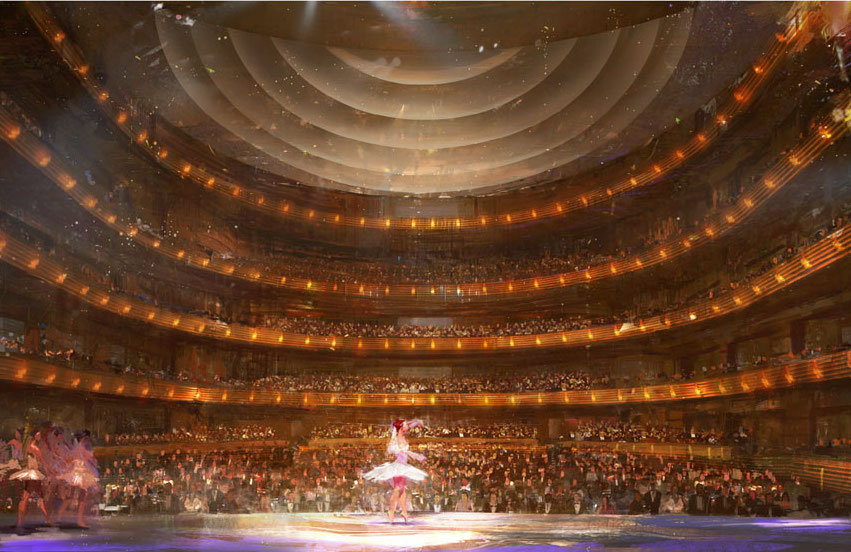
HVAC systems can be retrofitted to disinfect air. These would include a greater use of fresh air, integral UV lighting, and the use of HEPA filters. Displacement ventilation would be most effective of all, says Raj Patel, Arup’s global leader of acoustics, audiovisual, and theatre consulting. It uses the buoyancy of warm air to draw fresh air in from the floor, up and away from patrons, to exhaust high in the room. Many of these tactics will be difficult and costly to retrofit, and some entail considerably higher energy and expense to operate.
To help arts groups, Arup has sketched out a number of issues that must be considered: whether entry should be timed to avoid crowds; how to accommodate queues; and how to maintain social distancing measures for internal circulation, intermission, and exiting. Some theaters have to figure out how to make cramped spaces for crews safer.
Given such daunting challenges, “the industry is going in the direction of streaming video, at least until concert halls reopen,” explained Alex Johnston, the director of the DiMenna Center for Classical Music in New York. “Streaming content to homes and schools will be a much greater part of the business model for all performing arts.” Though theater, music, and dance organizations have feared that free or low-cost video would cannibalize live-performance ticket sales, Johnston says “there’s no data to support that.”
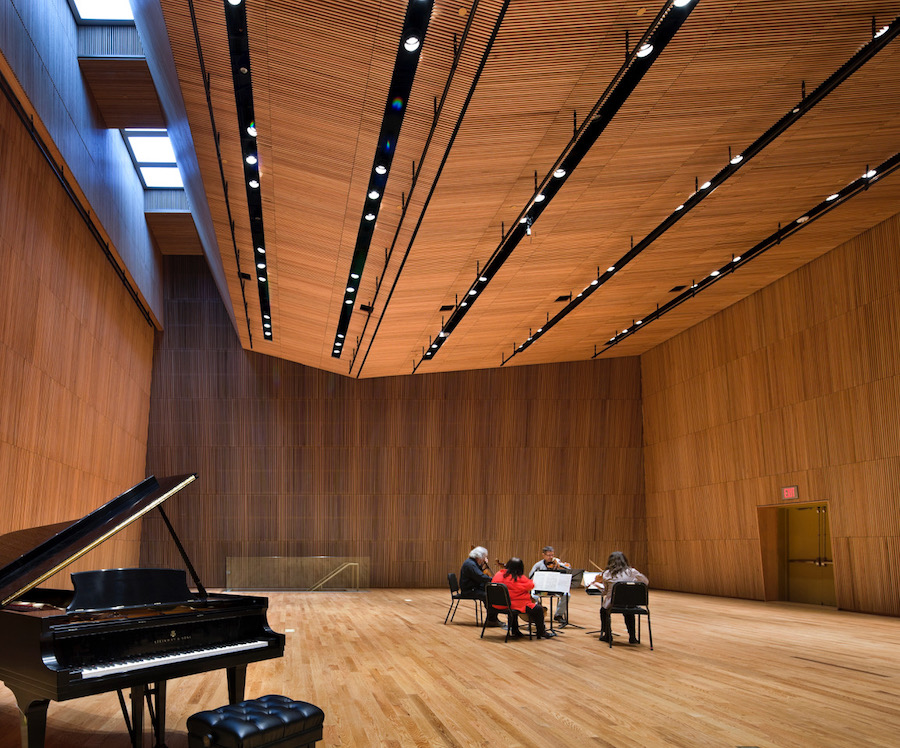
Consultants are helping arts organizations improve production values to differentiate themselves. The DiMenna Center is adding six high-definition remote-controlled cameras to Cary Hall, a 3,400-square-foot rehearsal hall, performance space, and recording studio for the Orchestra of St. Luke’s designed by the H3 Hardy Collaborative. “Because of the way the room was built we can put the cameras anywhere we want,” explains Johnston, including concealed mounts on the walls or ceiling.
Arup has been working with the capabilities of “3D” microphones and “binaural” sound, which can emulate the reverberance of an actual hall as well as add a realistic spaciousness that isn’t captured by conventional stereo recording. Today’s audio and video technology makes it easy to bring the architecture of the venue into play as a way to add variety and authenticity. Musicians and actors can perform from different positions in the hall, in balconies or boxes for instance. Some already have performance platforms built into the auditorium, such as The New World Symphony’s home in Miami, designed by Gehry Partners.
By broadcasting to the world on the web, performances can draw and engage new and more diverse audiences. With revenue generated by affordable ticket sales, “It keeps the spaces and the organizations alive and at least partly viable commercially.”
“All the venues want to open as early as possible but as safely as possible,” says Patel.
Architects can help organizations make good on their commitment to safety, but also to make those commitments visible to reassure the audience and welcome them back.


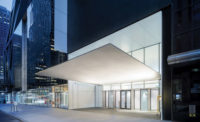
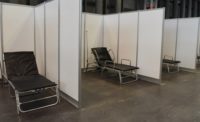
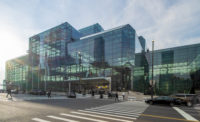
Post a comment to this article
Report Abusive Comment